23 Auto Innovations That Changed The Auto Industry
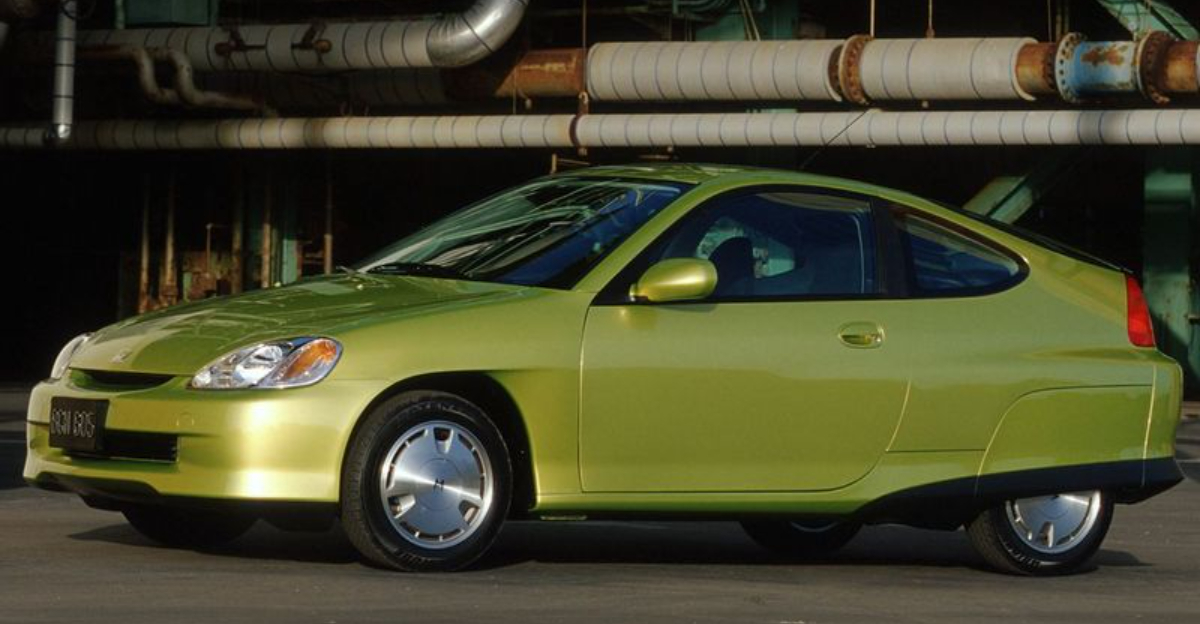
A friend once told me his grandfather refused to buy a car with power windows, convinced they were “a fad.”
Decades later, the same grandfather ended up loving his SUV’s heated seats, backup camera, and adaptive cruise control like it was space-age tech.
Funny how the little things we take for granted started as bold moves that reshaped how people drive.
Whether it’s something simple like a cupholder or as game-changing as anti-lock brakes, innovation has a way of quietly rewriting the rules before anyone realizes the game has changed.
1. The Electric Starter

Imagine standing in the cold, cranking your car to life. In 1912, Cadillac changed the game with the electric starter. No more manual labor, just a turn of the key, and voilà!
This innovation not only made cars more accessible but also safer, especially for women drivers. It sparked a revolution, setting a new standard in convenience.
This little gadget, often overlooked today, was a catalyst in the automotive world, paving the way for the push-button starts we enjoy now.
2. Anti-lock Braking System (ABS)
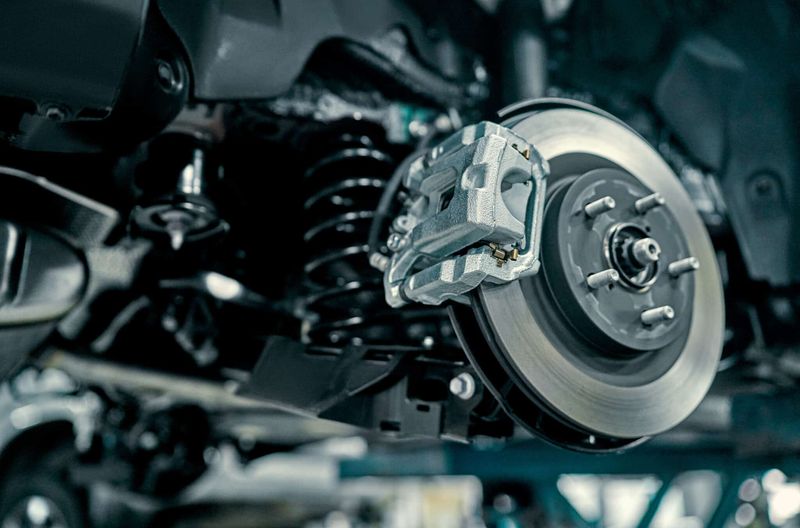
Skidding cars were once a driver’s nightmare, but the introduction of ABS in the 1970s brought peace of mind. This system prevents wheels from locking during braking, allowing drivers to maintain steering control.
An innovation born from safety concerns, it quickly became a staple feature.
With ABS, panic stops don’t have to end in chaos. Imagine hitting the brakes hard, yet feeling in control. That’s the magic of ABS, a guardian angel in every car.
3. Airbags
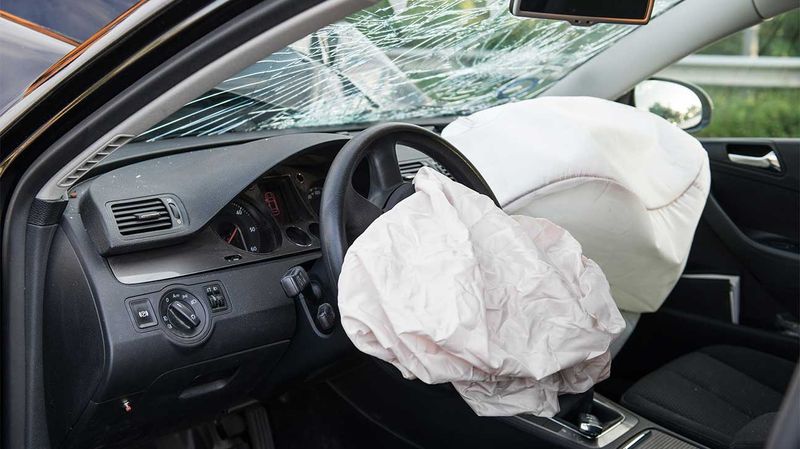
Airbags burst onto the scene in the 1980s, turning what could be a fatal crash into a survivable incident. This protective cushion springs into action in milliseconds, shielding passengers from impact.
Initially met with skepticism, airbags proved their worth, becoming mandatory in new cars.
Today, they stand as silent sentinels, ready to protect without a moment’s notice. Every car ride is a bit safer, thanks to these inflatable guardians. A testament to how far we’ve come in prioritizing passenger safety.
4. Cruise Control
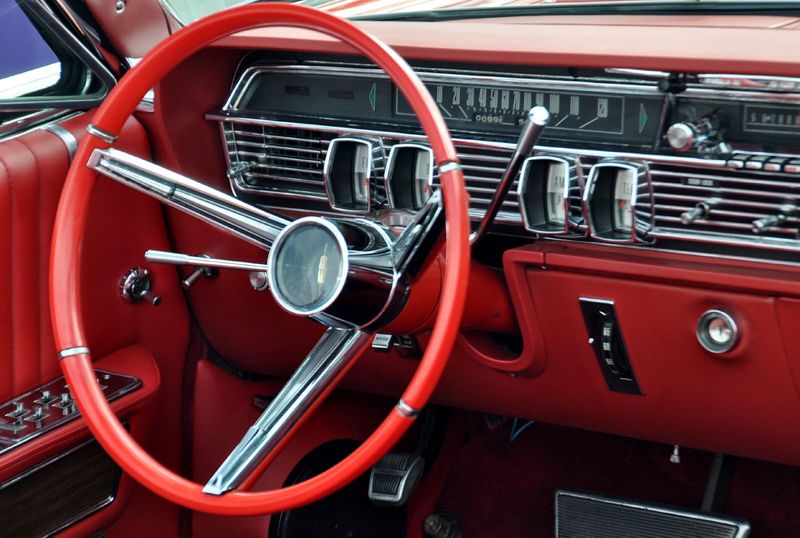
Set it and forget it! Cruise control debuted in the 1950s, transforming long drives into leisurely journeys. It lets drivers maintain a constant speed, reducing fatigue and improving fuel efficiency.
Originally a luxury, it soon became a standard feature, reflecting the shift towards comfort in driving.
Imagine gliding down the highway, foot off the pedal, relaxed yet vigilant. Cruise control revolutionized road trips, making them as enjoyable as the destination itself.
5. The Assembly Line
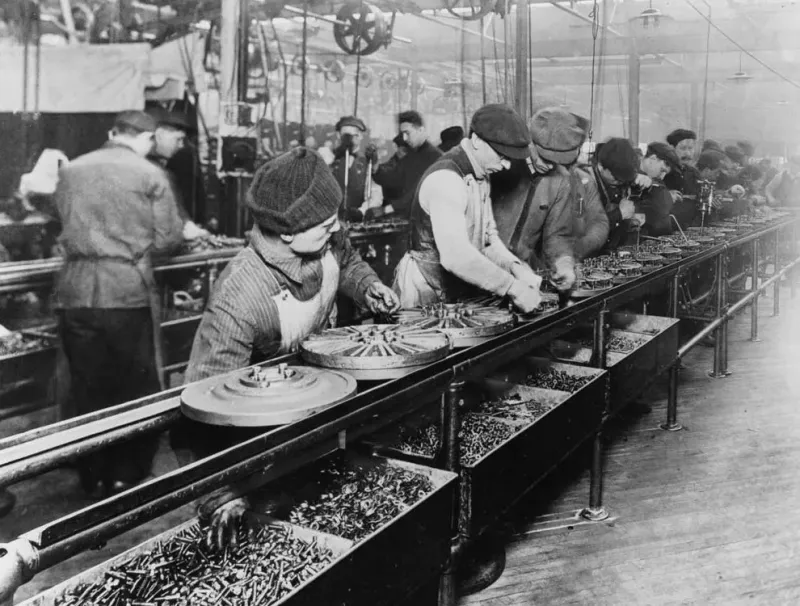
The assembly line, introduced by Henry Ford in 1913, was more than a manufacturing method; it was a revolution. Cars became affordable, and the dream of owning one became a reality for the masses.
By breaking down production into simple tasks, efficiency soared, and costs plunged.
This method didn’t just change the automotive world; it reshaped industry itself. A century later, the echoes of Ford’s innovation still resonate in factories worldwide. A true game changer in every sense.
6. Navigation Systems

Remember paper maps and getting lost? Enter the navigation system, the driver’s best friend. First appearing in the 1980s, these systems evolved from luxury to necessity.
With GPS at their core, they guide us through unfamiliar terrains, turning daunting journeys into seamless adventures.
Today, navigation systems are more than just maps; they’re interactive guides, traffic monitors, and even restaurant finders. They’ve transformed the way we explore the world, one turn at a time.
7. Hybrid Engines

The early 2000s marked a shift towards sustainability with the introduction of hybrid engines. These marvels combine internal combustion and electric power, offering both performance and eco-friendliness.
Initially met with skepticism, hybrids proved that green can be powerful too.
Today, they symbolize a commitment to the environment, offering a guilt-free driving experience.
The hybrid engine is a bridge to the future, whispering promises of cleaner air and quieter roads. A testament to innovative engineering.
8. Power Steering
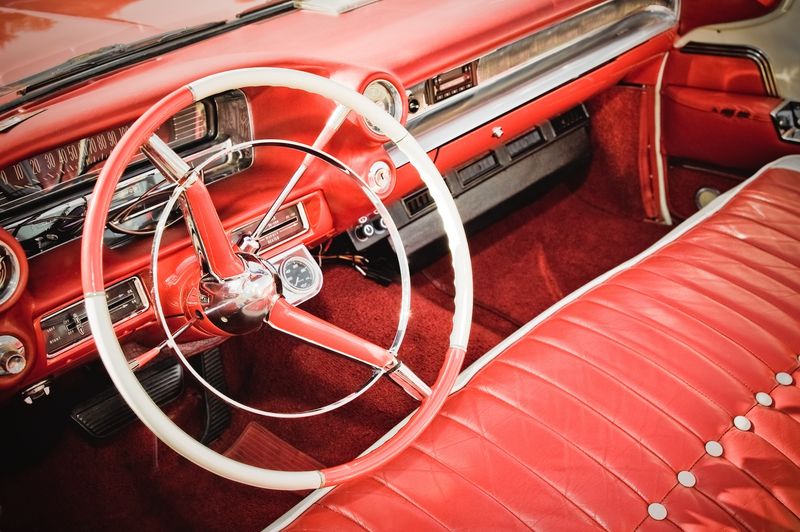
Power steering, introduced in the 1950s, transformed the driving experience from a workout to a breeze. Maneuvering through traffic or tight spots became as easy as pie.
Gone were the days of struggling with the wheel; a gentle touch was all it took.
This innovation made driving accessible to many, especially those with less physical strength. Power steering didn’t just change how we drive; it made driving enjoyable, inviting everyone to take the wheel.
9. The Rearview Mirror

A simple yet profound addition, the rearview mirror became a driver’s third eye. Introduced in the early 20th century, it provided a new perspective, enhancing safety and awareness.
With a glance, drivers could see behind, making lane changes and reversing less daunting.
It’s hard to imagine driving without this trusty companion. The rearview mirror stands as a reminder of how small innovations can make a big difference, turning a simple drive into a safer journey.
10. Automatic Transmission
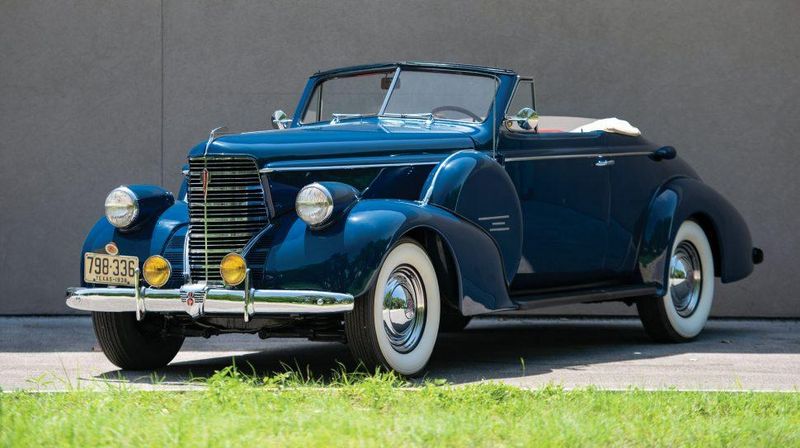
The introduction of automatic transmission in the 1940s was like magic for drivers. No more gear shifting; the car did it for you. This innovation made driving simpler and more accessible.
Traffic jams became less of a chore, and long drives more enjoyable.
Automatic transmission represented freedom on wheels, allowing drivers to focus on the road and the scenery rather than gears.
A true marvel of convenience and engineering, it changed the way we drive forever.
11. Turbocharger
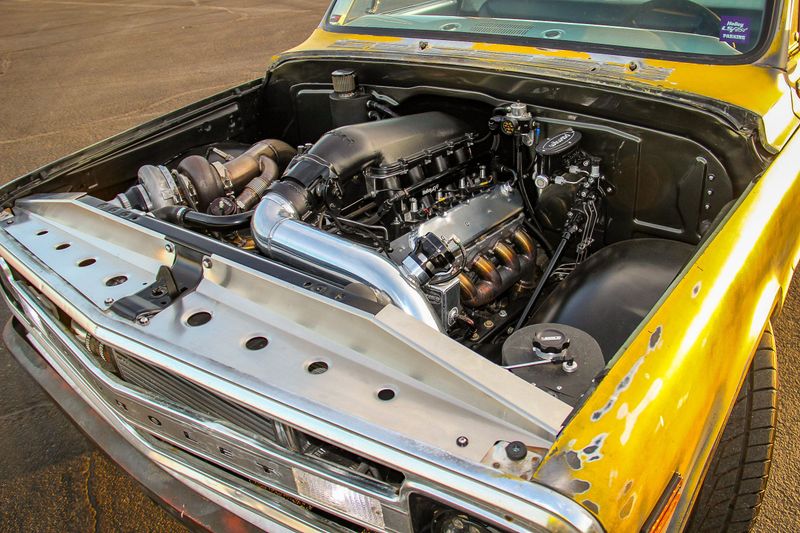
The turbocharger roared into the scene in the 1970s, turning ordinary engines into powerhouses. By forcing more air into the engine, it boosted horsepower and performance.
For car enthusiasts, it was a dream come true, making speed and adrenaline more accessible.
Turbochargers added a new dimension to driving, transforming family sedans into performance machines. The thrill of acceleration became a daily pleasure, redefining what cars could do and how they made us feel.
12. Seat Belts
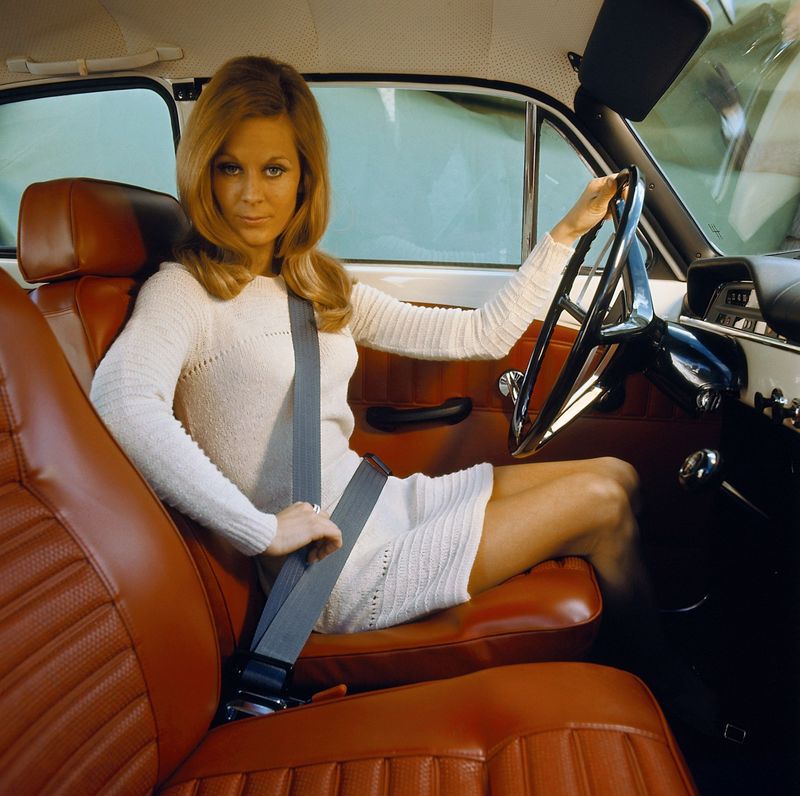
In the late 1950s, seat belts became a staple of car safety, turning potential tragedy into survivable incidents. This simple strap, often taken for granted, has saved countless lives.
Once optional, they quickly became mandatory, reflecting society’s shift towards prioritizing safety.
A silent protector, the seat belt is a reminder of how a small change can have a monumental impact. Buckling up became the norm, and car journeys became safer for all. A true lifesaver in every sense.
13. The Catalytic Converter

The catalytic converter appeared in the 1970s as an answer to rising pollution. By converting harmful emissions into less toxic gases, it became an environmental savior.
This innovation transformed the automotive industry’s approach to sustainability, balancing performance with ecological responsibility.
Today, it’s a standard component in every vehicle, a testament to the industry’s commitment to cleaner air. The catalytic converter is a quiet hero, working tirelessly to protect our planet, one exhaust at a time.
14. Fuel Injection System

Fuel injection systems replaced carburetors in the 1980s, bringing precision and efficiency to engine performance. This innovation improved fuel economy and reduced emissions.
Gone were the days of finicky carb adjustments; the fuel injection systems did it all automatically.
It revolutionized engine design, paving the way for modern vehicles.
Fuel injection systems made engines smarter, cleaner, and more reliable, transforming how cars perform and how we maintain them. A leap forward for mechanics and drivers alike.
15. Pneumatic Tires
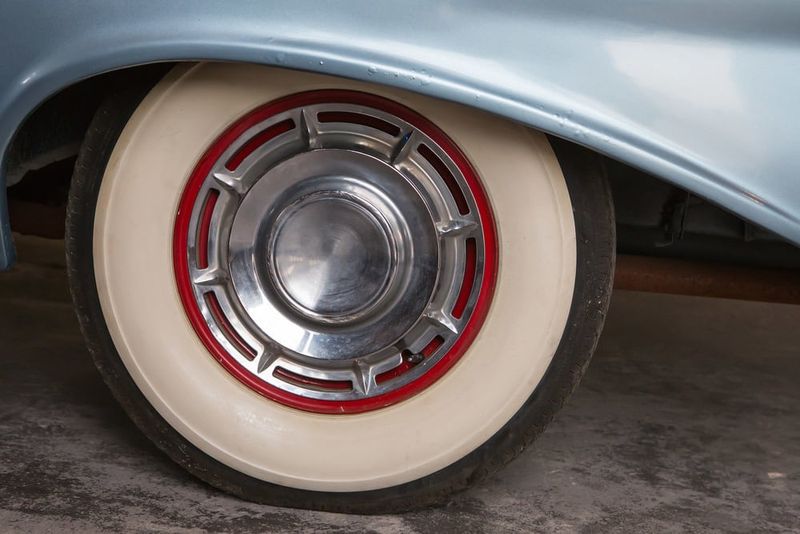
Pneumatic tires, introduced in the late 19th century, transformed the driving experience from jarring to smooth. Filled with air, they absorbed shock, providing comfort on rough roads.
This innovation made long journeys more bearable, reducing driver fatigue and vehicle wear.
Today, we take them for granted, but pneumatic tires were a game changer, turning bumpy rides into pleasant cruises.
They marked the beginning of a new era in automotive comfort and performance, revolutionizing how we travel.
16. Regenerative Braking
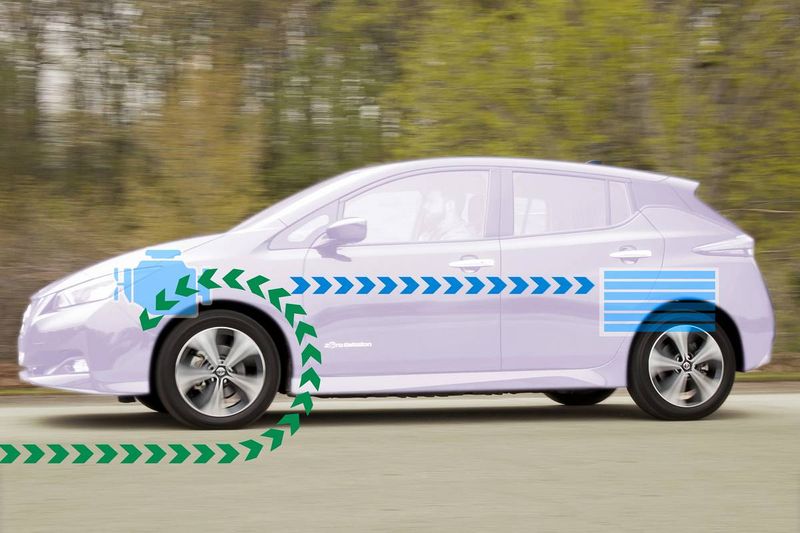
Regenerative braking emerged with hybrid cars, capturing energy usually lost during braking and converting it to electricity. This innovation boosts efficiency and extends battery life.
It’s a clever way of recycling energy, reflecting the shift towards sustainability in automotive design.
For drivers, it means fewer stops at the charging station and a nod to green driving. Regenerative braking is not just a feature; it’s a philosophy, turning waste into opportunity, and a testament to innovative thinking.
17. Convertible Roof
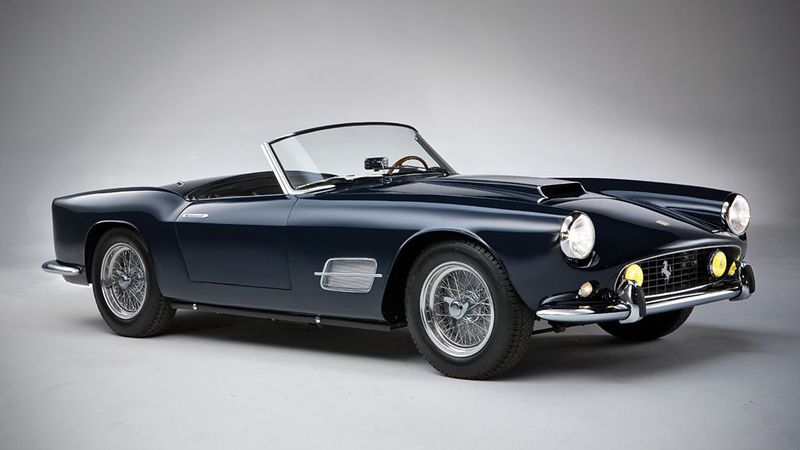
The convertible roof brought the joy of open-air driving to the masses. With a flick of a switch, cars transformed from cozy cabins to sun-soaked cruisers.
This innovation reflected a spirit of freedom and adventure, making every drive an experience.
Convertibles became symbols of fun and leisure, capturing the imagination of car lovers everywhere. The wind in your hair, the sun on your face—convertibles offer an unparalleled driving thrill, a celebration of life on the road.
18. The Minivan

In the 1980s, the minivan emerged as the ultimate family vehicle, combining space, comfort, and functionality. It became the go-to car for families, offering room for all and more.
This innovation made family road trips a breeze, turning chaos into harmony.
With sliding doors and versatile seating, minivans redefined family travel, reflecting a new era of convenience and practicality.
A beloved icon, the minivan is more than a vehicle; it’s a part of family memories and adventures.
19. The SUV
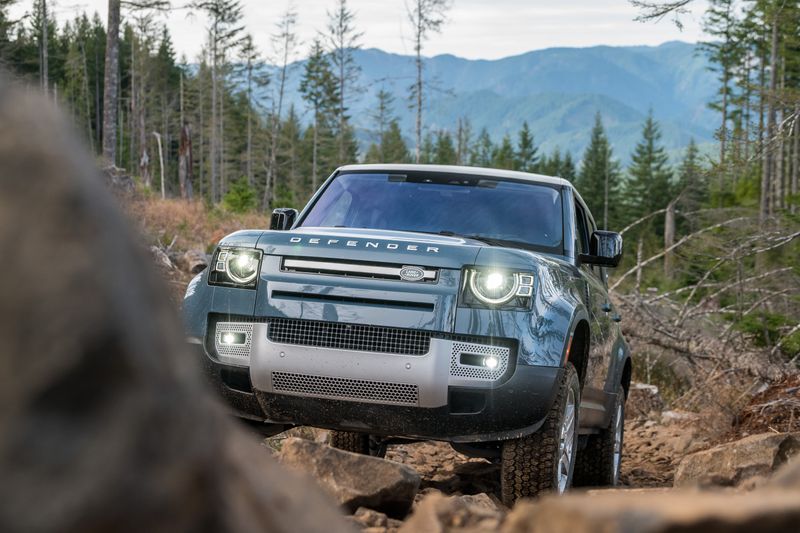
The SUV stormed onto the scene, offering versatility and ruggedness in one package. Designed for adventure, these vehicles conquered both urban jungles and wild landscapes.
They became symbols of independence, adapting to whatever life throws their way. For drivers, SUVs offer confidence on any road, embodying a spirit of exploration.
This innovation changed not just how we drive, but where we can go, turning the world into a playground for wanderers and adventurers alike.
20. On-Board Diagnostics (OBD)
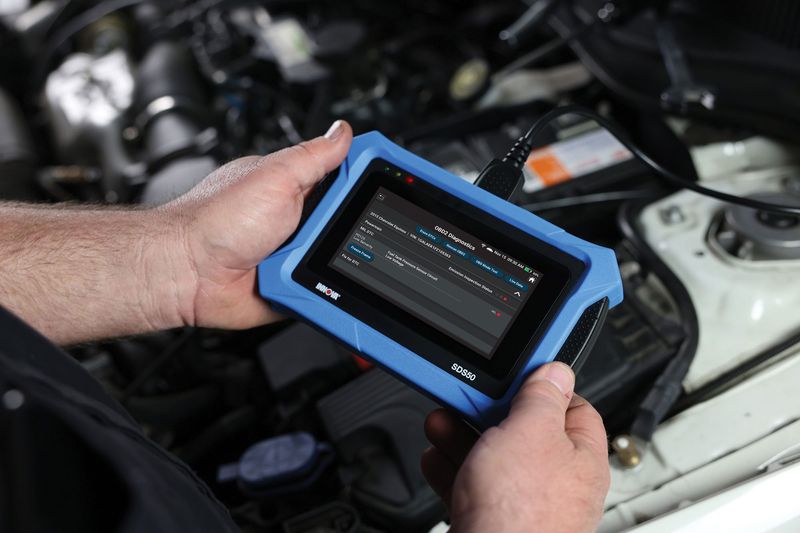
On-Board Diagnostics (OBD) systems, introduced in the 1990s, put the power of data in drivers’ hands. By monitoring vehicle performance, they offer insights into potential issues.
This innovation turned guesswork into science, making car maintenance more efficient.
For mechanics and DIY enthusiasts, OBDs are invaluable tools, simplifying repairs and diagnostics.
They represent a new era of transparency and understanding in vehicle care, transforming how we interact with our cars.
21. Self-Parking Systems

Self-parking systems took the stress out of parking, making tight spots a breeze to navigate. This innovation reflects the shift towards automation in driving.
For drivers, it means confidence and convenience in crowded cities.
Self-parking systems are more than just a gimmick; they’re a glimpse into the future of autonomous vehicles.
A marvel of technology, they transform parking from a chore into a magic trick, making every trip to the city a little less daunting.
22. Dual-Clutch Transmission (DCT)
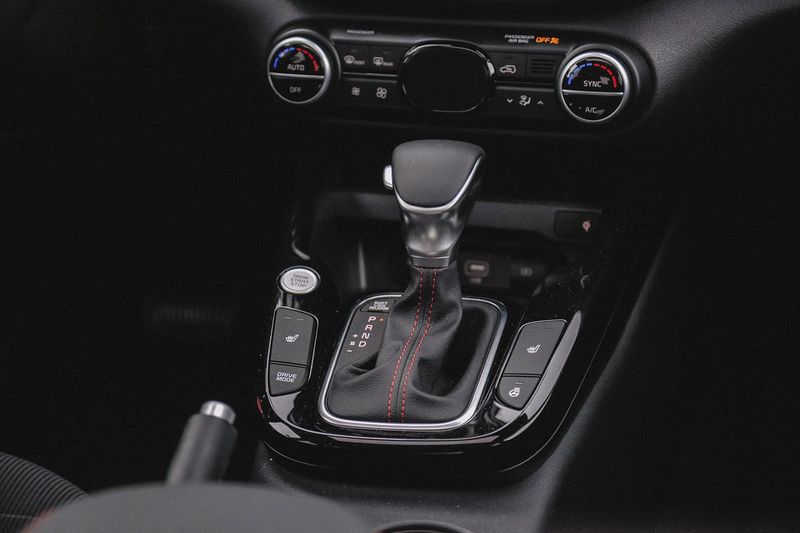
The Dual-Clutch Transmission (DCT) is a marvel of modern engineering that brings speed and efficiency together.
Imagine shifting gears in the blink of an eye – that’s what DCT delivers, making driving smooth and exhilarating.
With its roots in the racing world, this innovation has found its way into everyday cars, allowing drivers to experience a touch of the racetrack in their daily commute.
The DCT’s ability to pre-select gears ensures a seamless transition, offering not just speed, but an engaging driving experience that thrills the enthusiast.
23. CAN Bus (Controller Area Network)
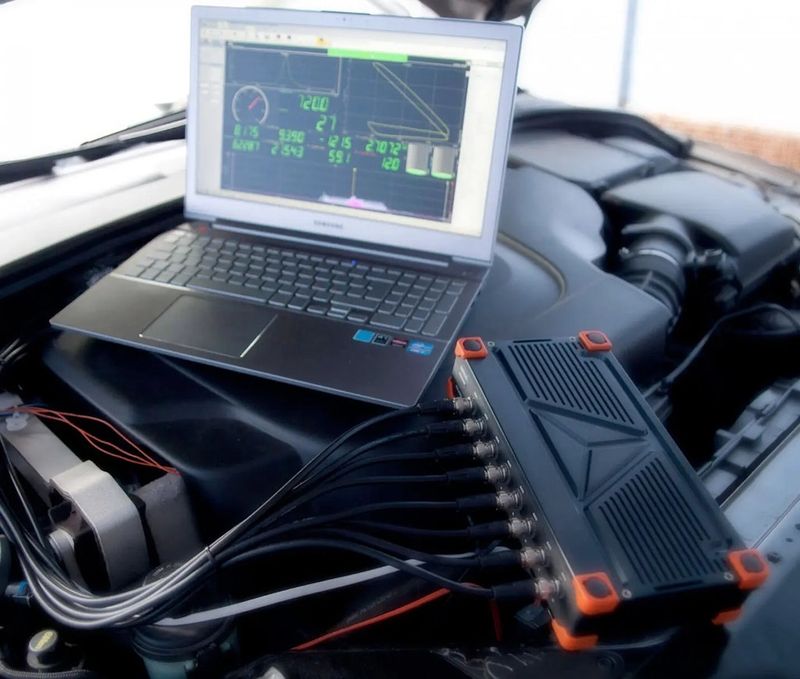
In the realm of automotive communication, the CAN Bus (Controller Area Network) stands as a silent orchestrator.
Picture a conductor leading an orchestra – that’s how the CAN Bus ensures harmony among a vehicle’s electronic systems.
From engine management to air conditioning, it connects various components, allowing them to communicate flawlessly.
Introduced in the 1980s, it revolutionized the way cars function, reducing the complexity of wiring and enhancing reliability.
